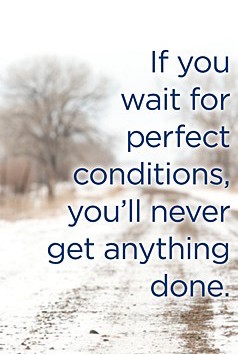 It was recently International Women’s Day, and it made me think of women who have made strides in the running and athletic worlds. (That pun was intended, ha!) Looking back, we don’t have to go many decades in the past to see so much change. A mere 31 years ago, women were allowed to run the marathon in the Olympics for the first time ever. Humor me, I was born in 1984, so I will always assume that first Olympics was “recent.”
It was recently International Women’s Day, and it made me think of women who have made strides in the running and athletic worlds. (That pun was intended, ha!) Looking back, we don’t have to go many decades in the past to see so much change. A mere 31 years ago, women were allowed to run the marathon in the Olympics for the first time ever. Humor me, I was born in 1984, so I will always assume that first Olympics was “recent.”
Kathrine Switzer, Joan Benoit Samuelson, Grete Waitz – these women cemented women’s place in long distance running. Even when the odds were stacked against them, these running pioneers not only stood up for themselves, they also set athletic records while doing so.
Today, most long distances races are made up of more female participants than male. That’s pretty incredible. In 31 short years, we have gone from our first opportunity at the marathon in the Olympics, to dominating long distance races in the United States. That’s girl power. We still have a little ways to go around the globe, but every year women in other countries are slowly picking up endurance sports.
On the flip side, the coaching business is still very male dominant. There are a handful of full-time, kick ass female coaches in NYC. But a quick Google search will show mostly male coaches out there. Cities may vary, as does demand. Perhaps many runners gravitate towards a male authority figure – are the taken more seriously? Viewed as more accomplished? I don’t know. Ironically, many studies show that females have the upper hand at endurance events. What we may lack in physical ability (men have larger hearts and lungs – an asset in endurance sports, along with hip angle), women may have the mental edge.
Who will be the next generation of female pioneers? We will have to wait and see. My hope is that someday we won’t need female pioneers – they will be out of a job because we will all be treated the same – men and women as equals.






